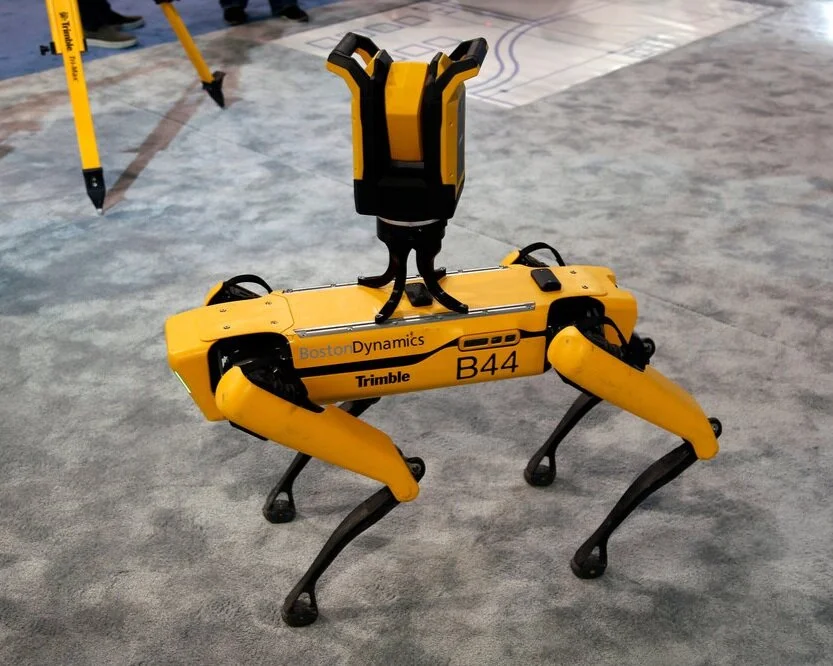Solar Sail Craft Begins Orbiting Earth | Carl Sagan Prophecy
/CAPE CANAVERAL, Florida - It has been two days since a tiny spacecraft began to successfully orbit earth propelled only by a solar sail named LightSail 2. It is the second generation of an earlier solar sail craft launched in 2015 which had limited success, but proved the technology was viable. This time, on 25 June 2019, the solar sail craft was launched into space aboard Elon Musk’s SpaceX’s Falcon Heavy Rocket.
Long thought to be the stuff of science fiction, NASA and The Planetary Society have been working on this alternative propulsion solution to enable continuous space exploration once humans depart the planet. Thus, it is with great elation that LightSail 2 is orbiting without incident at 720 kilometers above the earth’s surface. (WATCH VIDEO)
Advocates of “Green Space Travel,” have sought to create solutions that do not rely on chemical propellants. Space travel has been limited in part by our ability to maintain a sustainable environment in deep space. That coupled with the challenge of fuel requirements necessary not only for launch but ongoing propulsion, adds to the potential adverse environmental impact of human beings in space.
Our propensity to litter is borne out by the evidence of the 12 trips humans have made to the moon. According to estimates, 400,000 lbs. of garbage now litters the surface, and there are no current plans of how to remove it. Additional environmental challenges occur during the launching spacecraft with heavy payloads laden with fuel tanks and boosters which once expended, fall back to earth as toxic pollutants.
LightSail 2’s successful deployment is the actualization of the vision that Carl Sagan, founder of The Planetary Society long ago prognosticated. Sagan first introduced the idea of using solar winds to power space travel in 1976, postulating that a solar sail could transform particles of light, also known as photons, to increase the momentum of spacecraft, making it the ultimate renewable energy source vehicle.
The famed scientist, Sagan was trained as both an astrophysicist and biologist according to The Planetary Society, and “was a consultant and adviser to NASA beginning in the 1950s, he briefed the Apollo astronauts before their flights to the Moon, and was an experimenter on the Mariner, Viking, Voyager, and Galileo expeditions to the planets.”
The current CEO of The Planetary Society, Bill Nye, explained how this technology works to The Verge.
LightSail 2 be “twisting its sail back and forth to ride on sunlight. As it approaches the Sun, the spacecraft will keep its sail edge-on toward the light. Then, once it’s directly in front of the Sun, it will twist and face the sail toward the Sun. “It’ll work very much like a sailboat, where you push, twist, and tack into the ‘wind,’” Nye said. “And then you twist and take advantage of sailing ‘downwind.’” If all goes well, the sunlight will push on LightSail 2, and the spacecraft’s orbit will rise slightly as it whips around the Earth.”
These are exciting times as man continues to push the boundaries of space exploration, even more so, that space pioneers are environmentally conscious and aware of our role as caretakers. It is expected that the craft will operate for about a year, using the energy from the Sun to raise its orbit, until the positioning required for the continued harnessing of the sunlight will result in the earth facing side losing altitude. Ultimately, this will result in the eventual destabilization and loss of elevation, and like the mythical Phoenix bird, it will descend into the earth’s atmosphere bursting into fiery flames, from which the next iteration will launch and fly again.
RELATED ARTICLES
The Moon is covered with 400,000-pounds of Human Trash (interestingengineering.com)
The Planetary Society | Carl Sagan Biography (planetary.org)
NASA's 'Green' Fuel Satellite Passes Its First Test (space.com)
SpaceX Falcon Heavy Rocket Lofts 24 Satellites in 1st Night Launch (space.com)
The Verge - Spacecraft designed to ride on sunlight deploys its reflective solar sail (theverge.com)
Editor-in-Chief: @ayannanahmias
LinkedIn: Ayanna Nahmias












